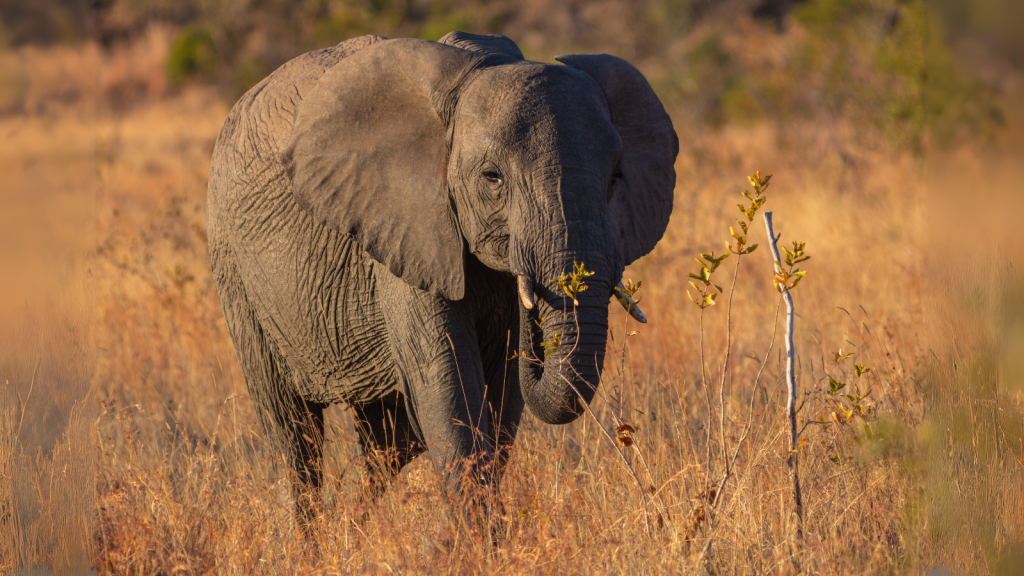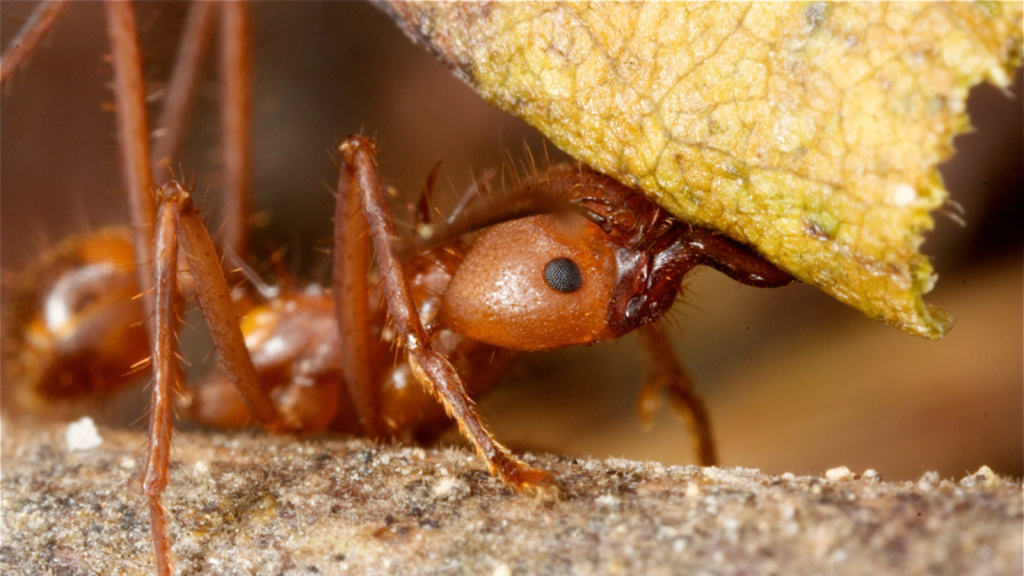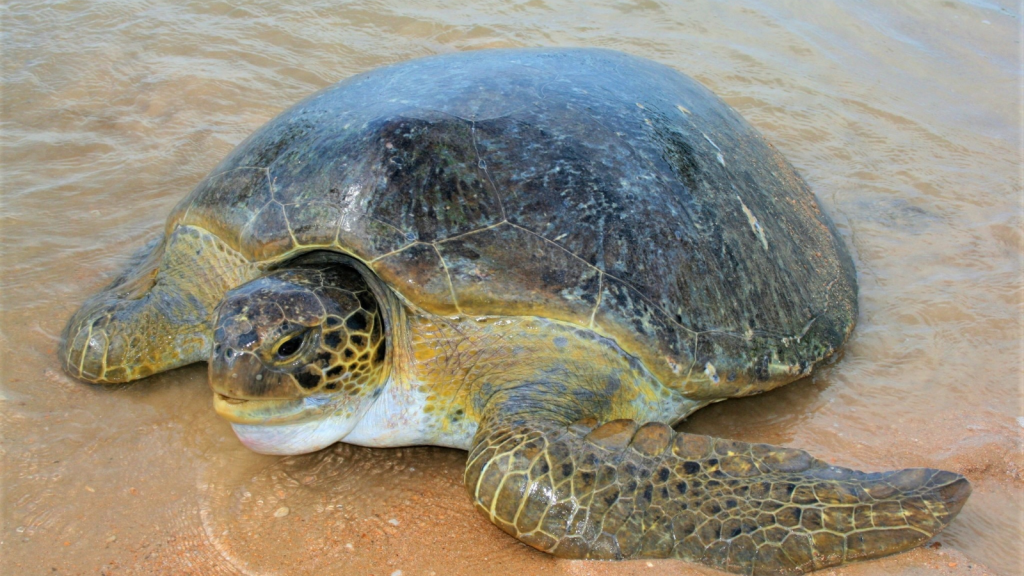The world’s plants rely on clever tricks to spread their seeds far and wide. While some seeds float on the wind or sail across water, many hitch a ride with animals. These living transport systems carry seeds to new homes, sometimes across vast distances. From tiny insects to massive mammals, a surprising variety of creatures help plants colonise new areas. This natural delivery service shapes landscapes and maintains the health of ecosystems worldwide. Let’s explore some of the most fascinating animal seed dispersers on our planet.
African Elephant

The African elephant is a champion seed spreader. These giants munch on fruits and plants, swallowing seeds whole. As they wander across savannas and forests, they drop dung packed with seeds. This natural fertiliser gives seedlings a great start in life. Elephants can carry seeds over 60 kilometres from their origin! Their dung also contains a cocktail of nutrients and moisture-retaining fibres, creating a perfect growing environment for young plants.
European Jay

The European jay is a master of forest renewal. These clever birds collect acorns in autumn, burying them as a winter food store. They often forget some of their hidden treasures, leaving the acorns to sprout into new oak trees. A single jay can plant thousands of trees in its lifetime. Jays have an incredible spatial memory, allowing them to remember the locations of hundreds of buried acorns, even under snow.
Cassowary

The cassowary, a large flightless bird from Australia and New Guinea, is crucial for rainforest health. It eats over 150 types of fruit, passing the seeds through its digestive system unharmed. Some rainforest plants rely entirely on cassowaries to spread their seeds. Without these birds, certain tree species might vanish. Cassowaries can digest fruits toxic to other animals, making them unique seed dispersers for some plant species.
Red Howler Monkey

Red howler monkeys are important seed dispersers in South American forests. They eat a wide variety of fruits, swallowing the seeds. As they move through the forest canopy, they drop seeds in their droppings. This helps maintain the diversity of tree species in their habitats. Their loud howls, which can be heard up to 5 kilometres away, indirectly aid seed dispersal by helping monkeys maintain territories and find mates.
Fruit Bat

Fruit bats, or flying foxes, are night-time seed spreaders. They feed on fruit, carrying it away to eat elsewhere. Seeds pass through their system quickly, often being deposited far from the parent tree. Some bats can disperse seeds over 50 kilometres in a single night! Their long tongues and keen sense of smell allow them to locate and feed on fruits that other animals can’t reach or detect.
Giant Tortoise

Giant tortoises are slow but steady seed movers. On islands like the Galápagos, they eat fallen fruits and spread seeds through their dung. Their long lifespans and wide-ranging habits make them excellent long-term dispersers. They’re especially important for large-seeded plants. The tough digestive systems of giant tortoises can break down hard seed coats, improving germination rates for some plant species.
Rhinoceros Hornbill

The rhinoceros hornbill of Southeast Asian forests is a key seed distributor. It swallows fruits whole, later regurgitating the seeds. This bird’s large size allows it to eat bigger fruits than many other species. It spreads seeds across long distances, helping maintain forest diversity. The hornbill’s distinctive casque (horn-like structure on its bill) acts as a resonating chamber, amplifying its calls and indirectly aiding in seed dispersal by helping the birds communicate and defend territories.
Leaf-Cutter Ant

Leaf-cutter ants might be small, but they’re mighty seed movers. These industrious insects collect seeds to grow fungus for food. Some seeds escape being eaten and sprout in the rich soil of abandoned ant nests. This helps spread plants across the forest floor. A single leaf-cutter ant colony can process over 100 kg of plant material annually, significantly impacting local seed distribution.
Arctic Fox

The arctic fox plays a surprising role in seed dispersal across tundra regions. It eats berries and fruits as part of its varied diet. As foxes roam across vast areas, they spread seeds through their droppings. This helps plants colonise new areas in harsh Arctic environments. Arctic foxes can travel over 4,000 km in a single year, making them one of the animal kingdom’s most far-ranging seed dispersers.
Red-Rumped Agouti

The red-rumped agouti, a large rodent from Central and South America, is vital for forest regeneration. It buries nuts and seeds as food stores. Like squirrels, agoutis often forget where they’ve hidden their caches. This absent-mindedness allows new trees to grow. Agoutis have an exceptional ability to crack open hard nuts, including Brazil nuts, which few other animals can manage.
Emu

Australia’s emu is a key player in outback seed dispersal. These big birds eat fruits and seeds, which pass through their digestive system intact. Emus can travel long distances, spreading seeds across Australia’s arid interior. They help maintain plant diversity in challenging environments. An emu’s powerful legs allow it to cover up to 50 km in a day, greatly extending the range of seed dispersal.
Grizzly Bear

Grizzly bears are important seed spreaders in North American forests and mountains. They eat vast quantities of berries, passing the seeds in their droppings. Bears can carry seeds over long distances as they roam. This helps plants colonise new areas across varied terrains. A single grizzly can disperse up to 500,000 seeds per day during peak berry season.
Tapir

Tapirs, pig-like mammals from Central and South America and Southeast Asia, are forest gardeners. They consume a wide variety of fruits and pass the seeds unharmed. Tapirs often defecate in water, helping to spread seeds along riverbanks and into new areas. Their unique, prehensile snouts allow them to reach and consume fruits that other animals can’t access.
Green Sea Turtle

Green sea turtles unexpectedly aid in seed dispersal across oceans. They eat seagrasses, accidentally ingesting seeds. These seeds can survive the journey through a turtle’s gut. When turtles come ashore to nest, they may deposit seeds on distant beaches. Green sea turtles can swim thousands of kilometres between feeding and nesting grounds, potentially transporting seeds across entire ocean basins.
Salmon

Salmon play a surprising role in moving seeds between water and land. As they swim upstream to spawn, they eat insects carrying plant seeds. Bears and other animals that feast on salmon spread these seeds inland through their droppings. This connects aquatic and terrestrial ecosystems. The decomposing bodies of spawned salmon also provide nutrients that help seeds grow in nutrient-poor areas.
Dung Beetle

Dung beetles are small but mighty seed movers. They collect animal dung, which often contains undigested seeds. As they roll their dung balls away, they spread seeds across the landscape. This helps plants colonise new areas and maintains grassland diversity. Some dung beetle species can bury dung balls up to 250 times their own weight, creating underground seed banks.
Red-Billed Quelea

The red-billed quelea, a small African bird, moves seeds across vast distances. These birds form enormous flocks that can number in the millions. As they feed on grasses and grains, they spread seeds through their droppings. This helps maintain plant diversity across African savannas. A single quelea flock can consume up to 20 tonnes of seeds in a day, redistributing millions of seeds across the landscape.
10 Desert Predators With Unique Hunting Adaptations

The harsh desert environment has shaped some of the most remarkable hunters on Earth. These animals have evolved incredible ways to survive and thrive in a world of extreme heat and scarcity. From silent stalkers to venomous ambush experts, desert predators are masters of adaptation. Their hunting techniques are as varied as they are fascinating, each perfectly suited to the challenges of their arid homes. Join us as we explore ten of these amazing creatures and the special tricks they use to catch their prey.
Read More: 10 Desert Predators With Unique Hunting Adaptations
15 Facts About the Honey Badger, the Fiercest Animal in Africa

The honey badger, a small but mighty creature, roams the African wilderness with a fearless attitude that’s earned it quite a reputation. These tenacious animals have captured the imagination of wildlife enthusiasts and casual observers alike. Despite their name, honey badgers aren’t closely related to European badgers and are more akin to weasels and otters. Their tough-as-nails approach to life and remarkable abilities have made them the stuff of legend. Let’s explore some fascinating facts about these extraordinary creatures that prove why they’re considered Africa’s fiercest animals.
Read More: 15 Facts About the Honey Badger, the Fiercest Animal in Africa
Becky is a fervent wildlife enthusiast and pet care expert with a diploma in canine nutrition. Her love for animals stretches beyond the domestic, embracing the wild tapestry of global fauna. With over a decade of experience in animal welfare, Becky lends her expertise to OutlandishOwl through insightful articles, captivating wildlife information, and invaluable guidance on pet nutrition. Her work embodies a deep commitment to understanding the intricate lives of animals and a passion for educating others on sustaining natural habitats. Becky's hands-on conservation efforts and her knack for translating complex dietary science into practical pet feeding tips make her an indispensable voice for creatures great and small.




